Rangamati, August 2 (V7N) – Despite growing demand for quality education in the Chattogram Hill Tracts (CHT), many schools in the region remain under-resourced and outside the government's official development programs, leaving thousands of students without access to modern educational facilities.
Education in the Chattogram Hill Tracts (CHT) continues to lag behind due to a persistent lack of infrastructure, limited government support, and slow institutional inclusion. Although some community-driven initiatives have established schools in remote areas, the majority of these institutions remain unrecognized under government programs, depriving them of state resources and modern teaching tools.
According to local education authorities, around 75 schools in Rangamati district alone have not been brought under the revenue budget or integrated into the Education Engineering Department's (EED) infrastructure development plans. As a result, students face a shortage of classrooms, qualified teachers, science labs, IT facilities, and other essential components of modern education.
Currently, more than 50,000 students at the secondary level in Rangamati district are being denied access to updated and digitalized learning environments.
In an exclusive interview, Parbatya Affairs Adviser and retired ambassador Supradeep Chakma acknowledged these challenges and announced that the Ministry of Chattogram Hill Tracts Affairs is actively working to ensure quality education in the region. He said, “Within the next five months, we plan to digitalize at least 100 schools across the CHT. The Chief Adviser will inaugurate these schools and interact directly with students using modern technology.”
He added that district councils and the CHT Development Board have been instructed to prioritize timely and region-specific education development projects. One of his long-term visions includes launching a satellite-based education system in remote hills and constructing two or three residential hostels at the upazila level, followed by larger hostels at the district level. These hostels would offer free accommodation for students and employ dedicated staff, including cooks, supervisors, and security personnel, with government funding. Additionally, he proposed allocating 200–300 tons of food grains annually for students in hostels and orphanages under a permanent provision.
EED Executive Engineer in Rangamati, Bijok Chakma, reported that the department is currently implementing 8 to 10 ongoing projects. These include the completion of seven four-storey academic buildings, with three nearing final stages. Vertical expansion of 10 rural schools and several projects under the madrasa and technical school expansion plans are also underway. Sites have been identified in multiple upazilas for future technical school construction.
He noted that despite being a large district, Rangamati has only one parliamentary seat, which often results in fewer project approvals compared to other regions. This imbalance, he said, has left many educational institutions without development support.
As part of higher education improvements, residential facilities at the Bangladesh-Sweden Polytechnic Institute are being expanded, and new academic and administrative buildings are under construction at Rangamati Science and Technology University, including two dormitories.
Meanwhile, Acting District Education Officer Sarit Kumar Chakma confirmed that Rangamati currently has 245 secondary-level institutions with approximately 50,000 students. He emphasized the urgent need to improve transport infrastructure, provide residential facilities, and support economically disadvantaged students to bridge the education gap in remote areas.
According to district-level data, 143 institutions at the secondary and lower-secondary levels are recognized under the Educational Institute Identification Number (EIIN) system. Of these, only 11 are government schools, 93 are MPO-enlisted, and 39 remain outside the MPO system. There are also 34 institutions lacking EIIN status. Additionally, the district has four standalone vocational institutes, 14 EIIN-enlisted madrasas (13 MPO-recognized), and 21 colleges, including 9 public and several private institutions with varying recognition levels.
Local education advocates argue that without immediate government action to recognize these institutions and integrate them into national development programs, the youth of the hill districts risk being left behind. This, they warn, would not only deepen regional inequality but also hinder national development goals.
END/AMR/SMA



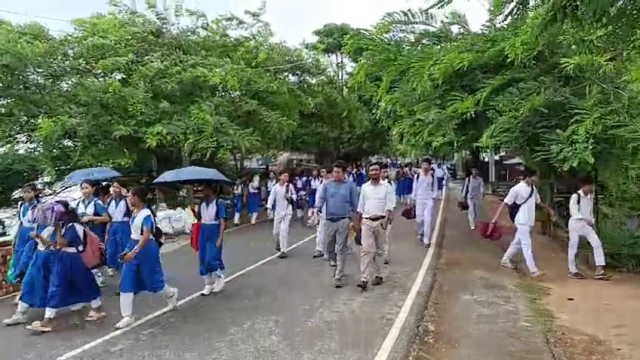
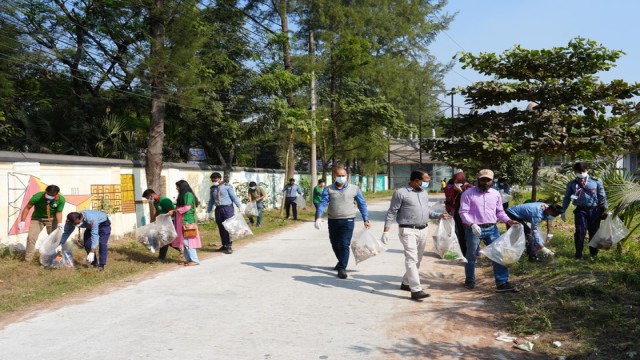
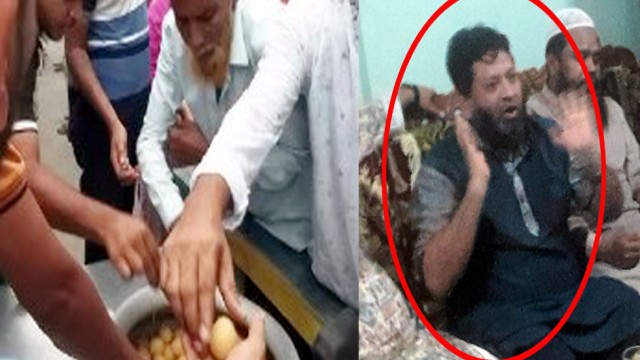
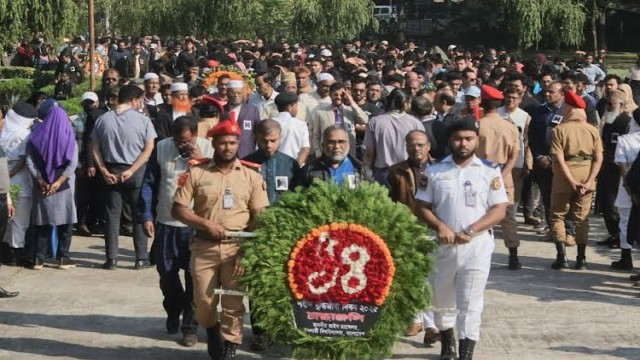
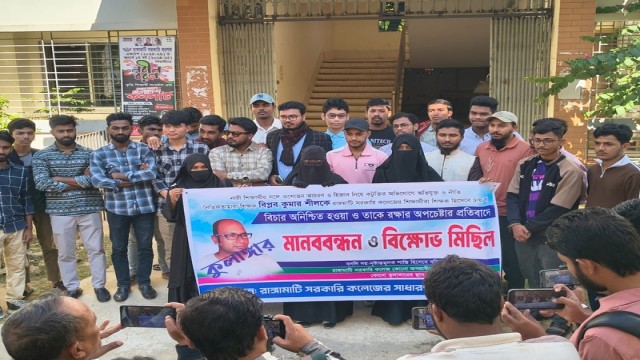

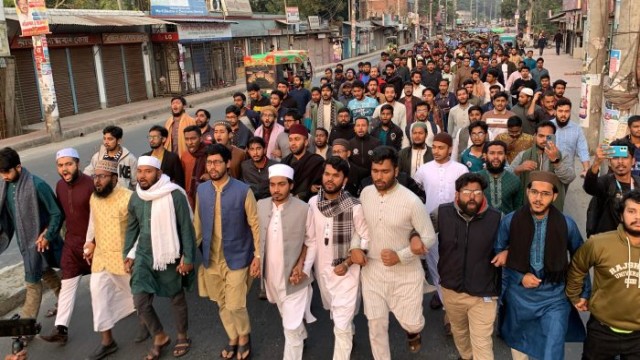

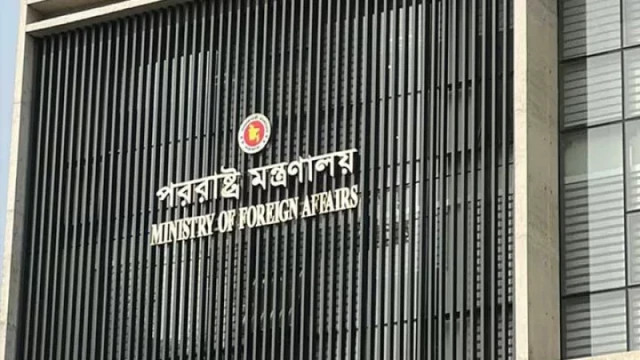


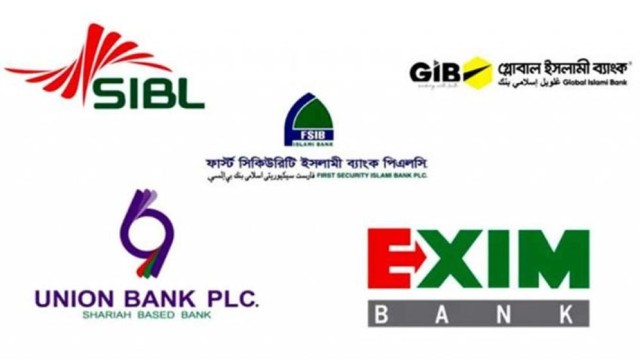
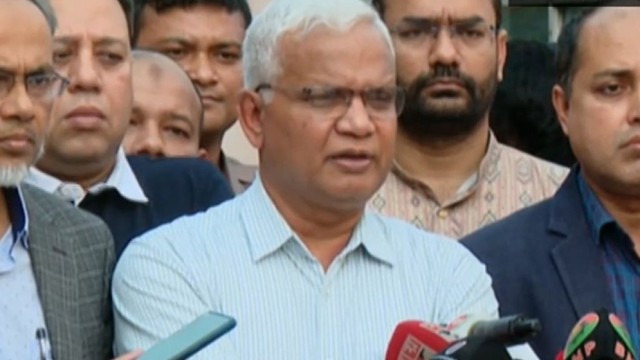
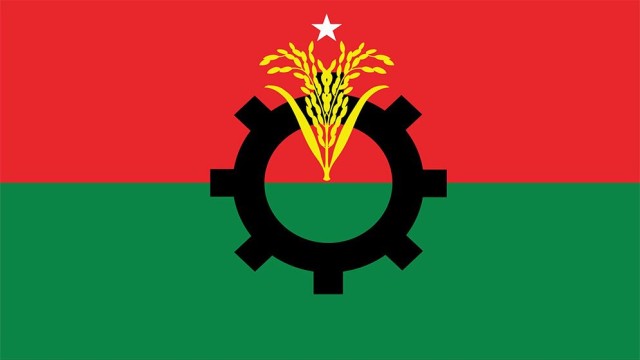
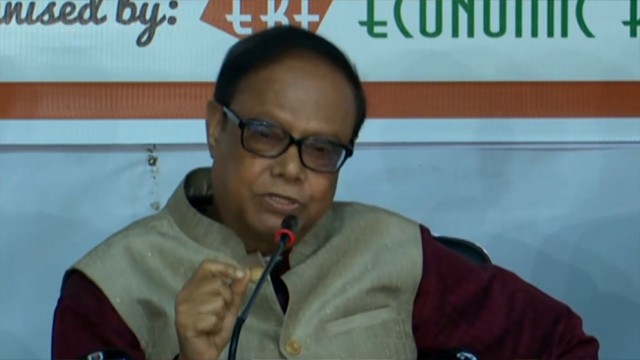
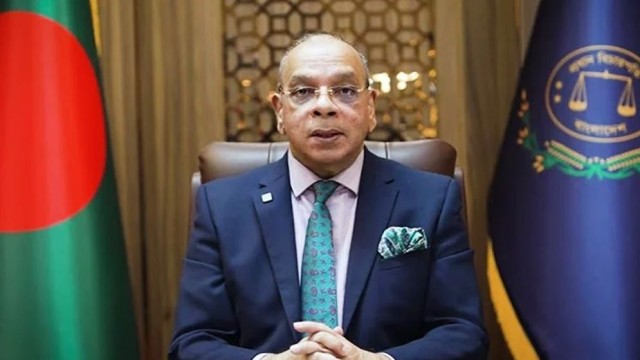


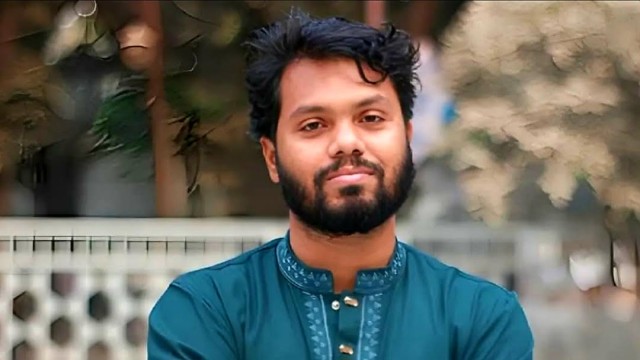
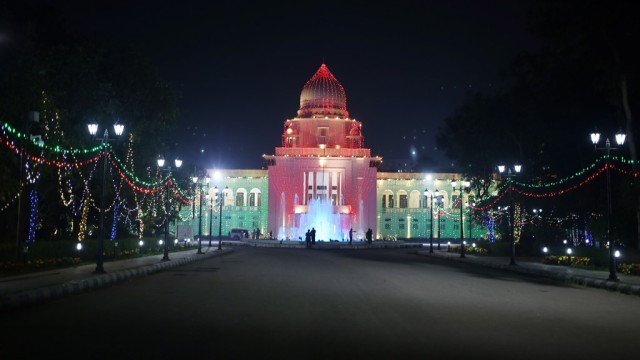
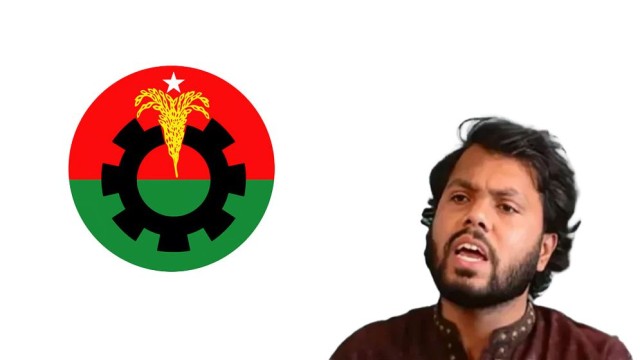
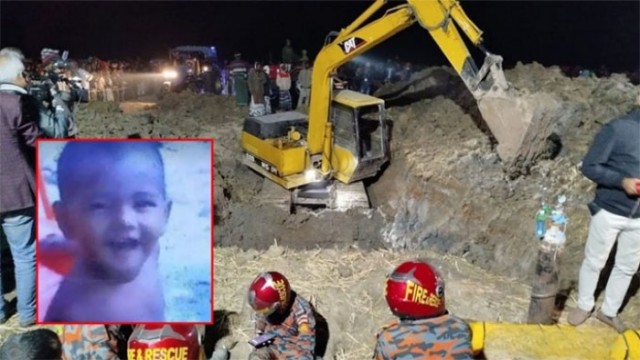

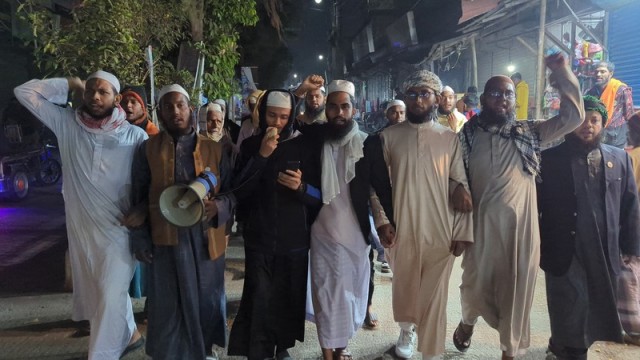
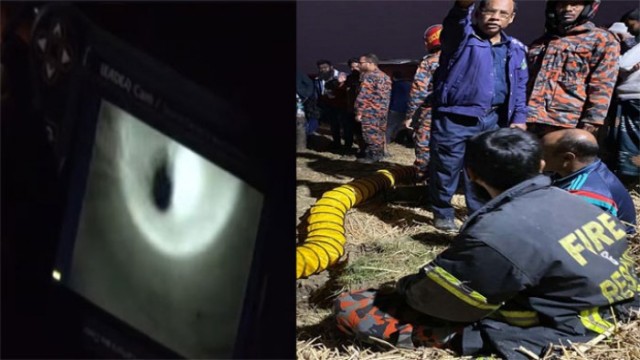
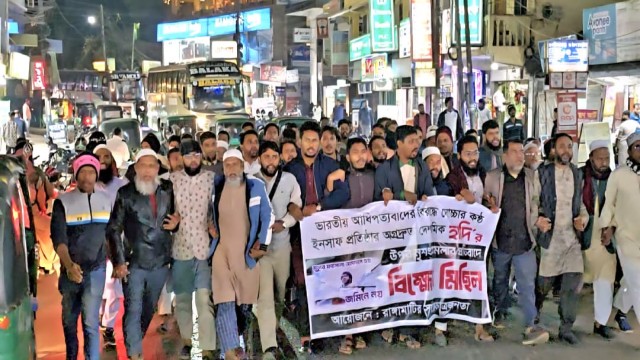
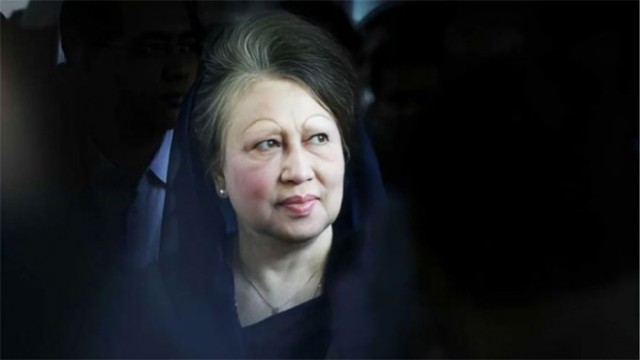
Comment: